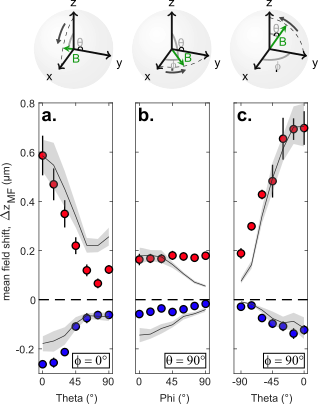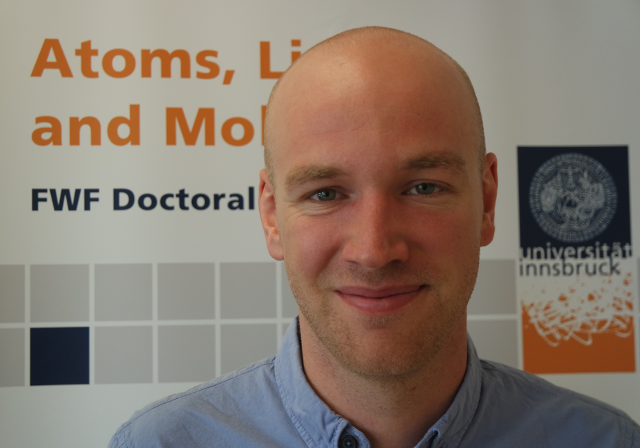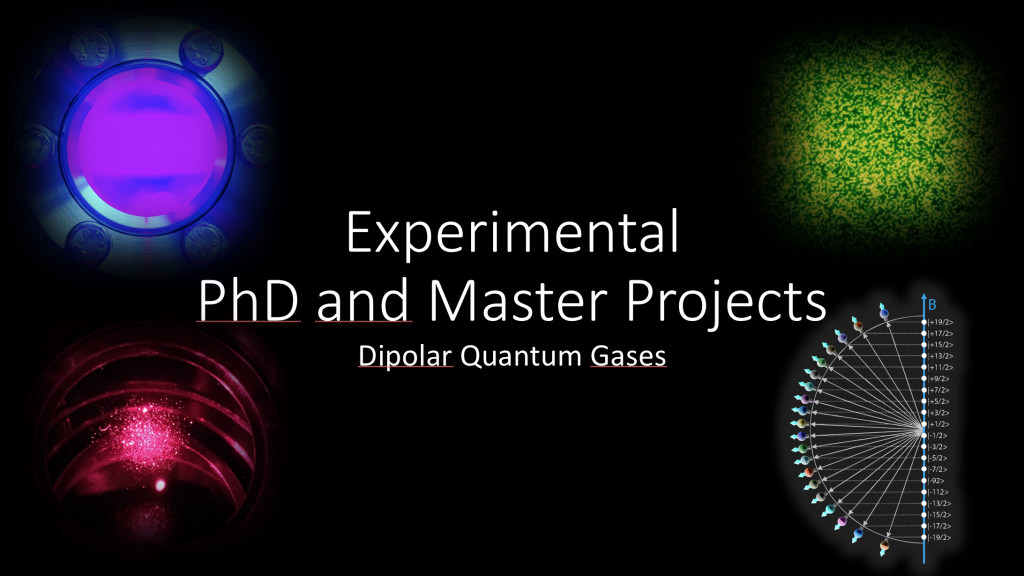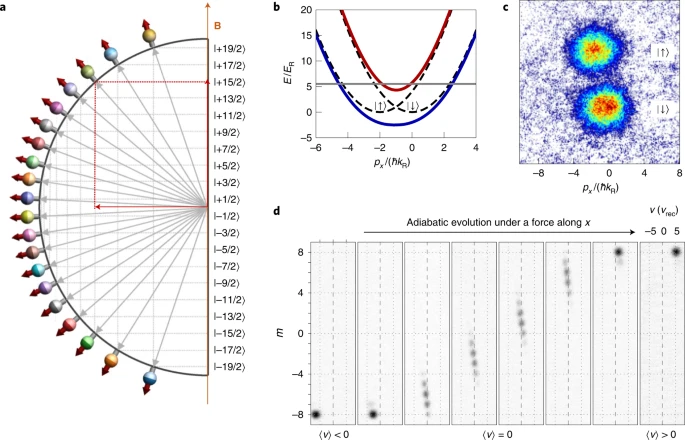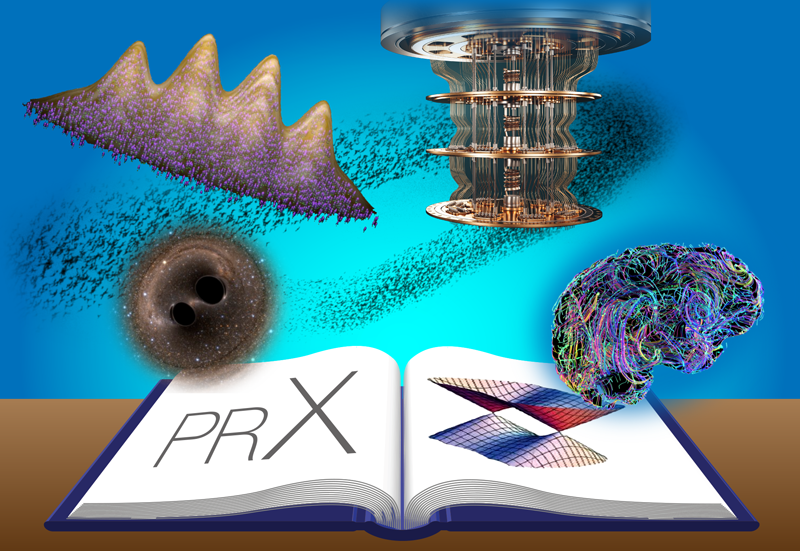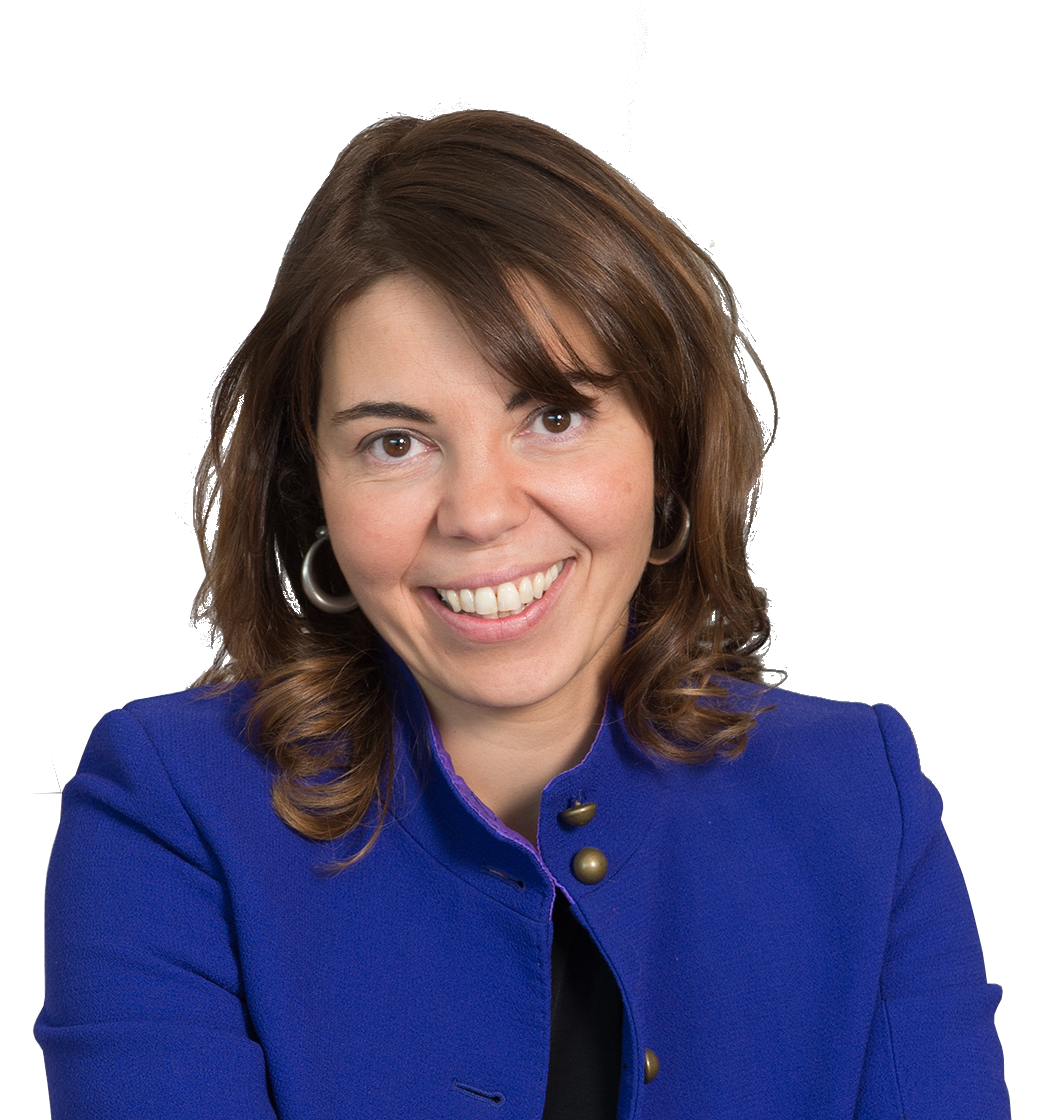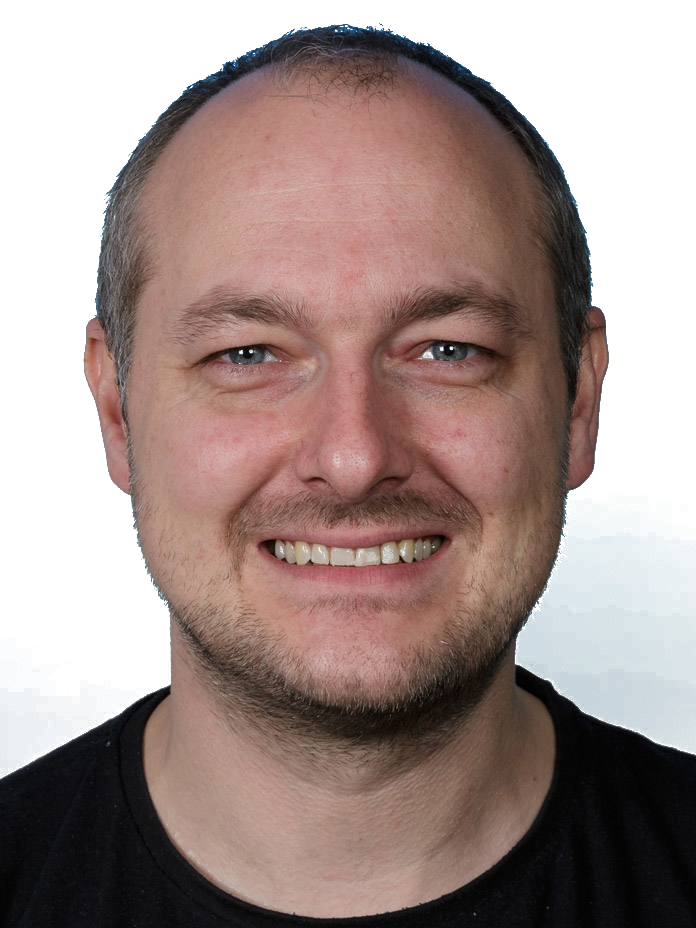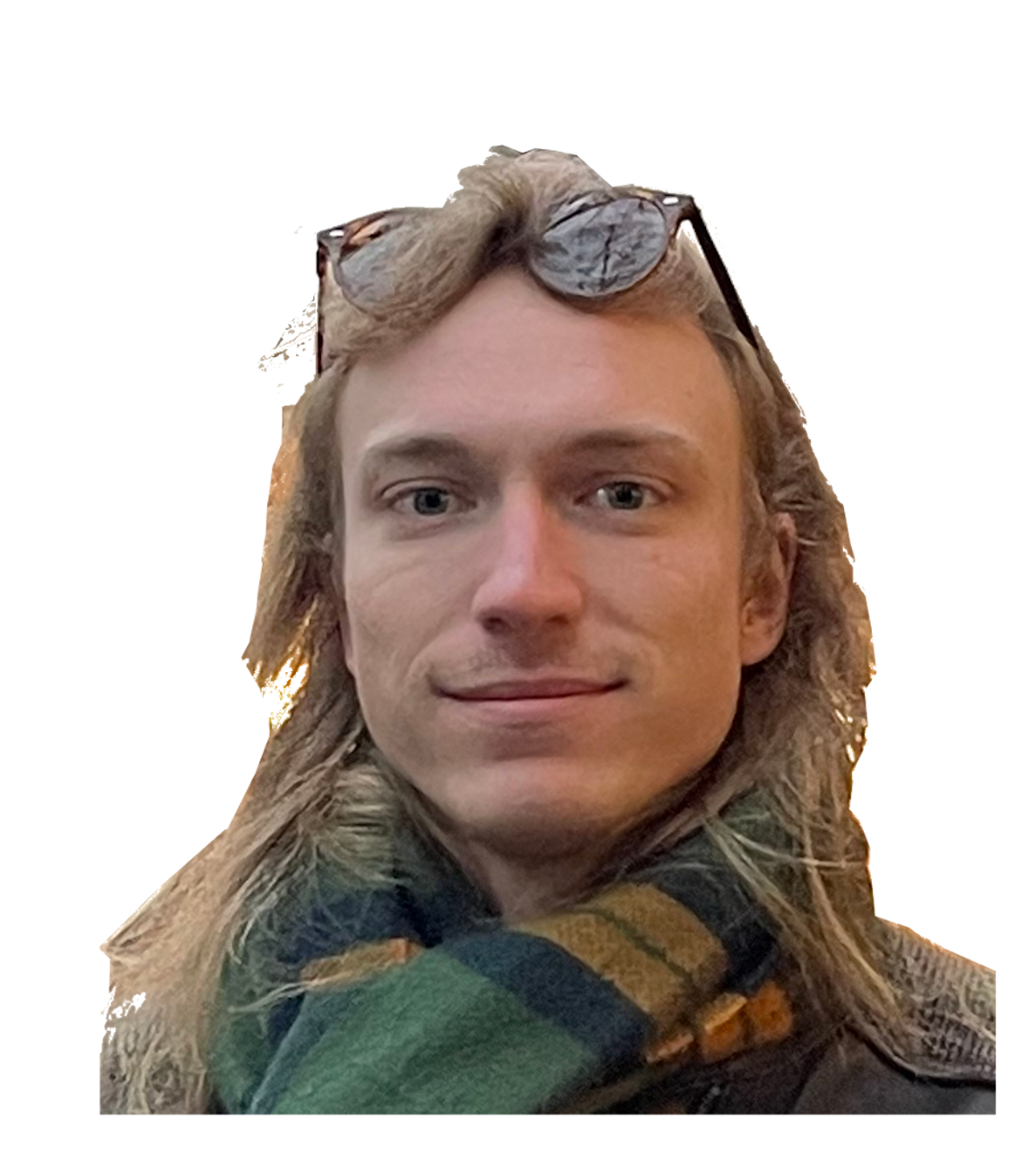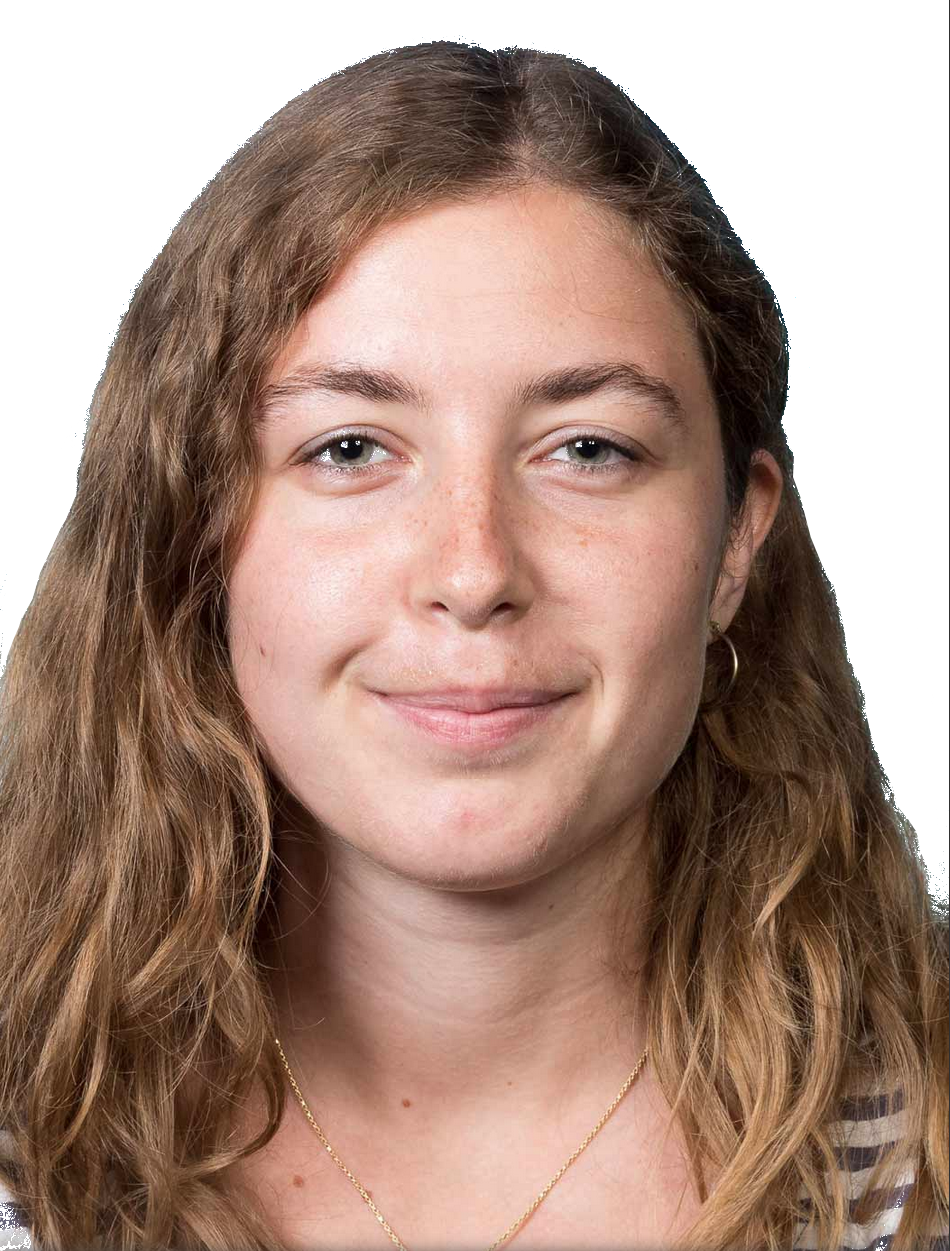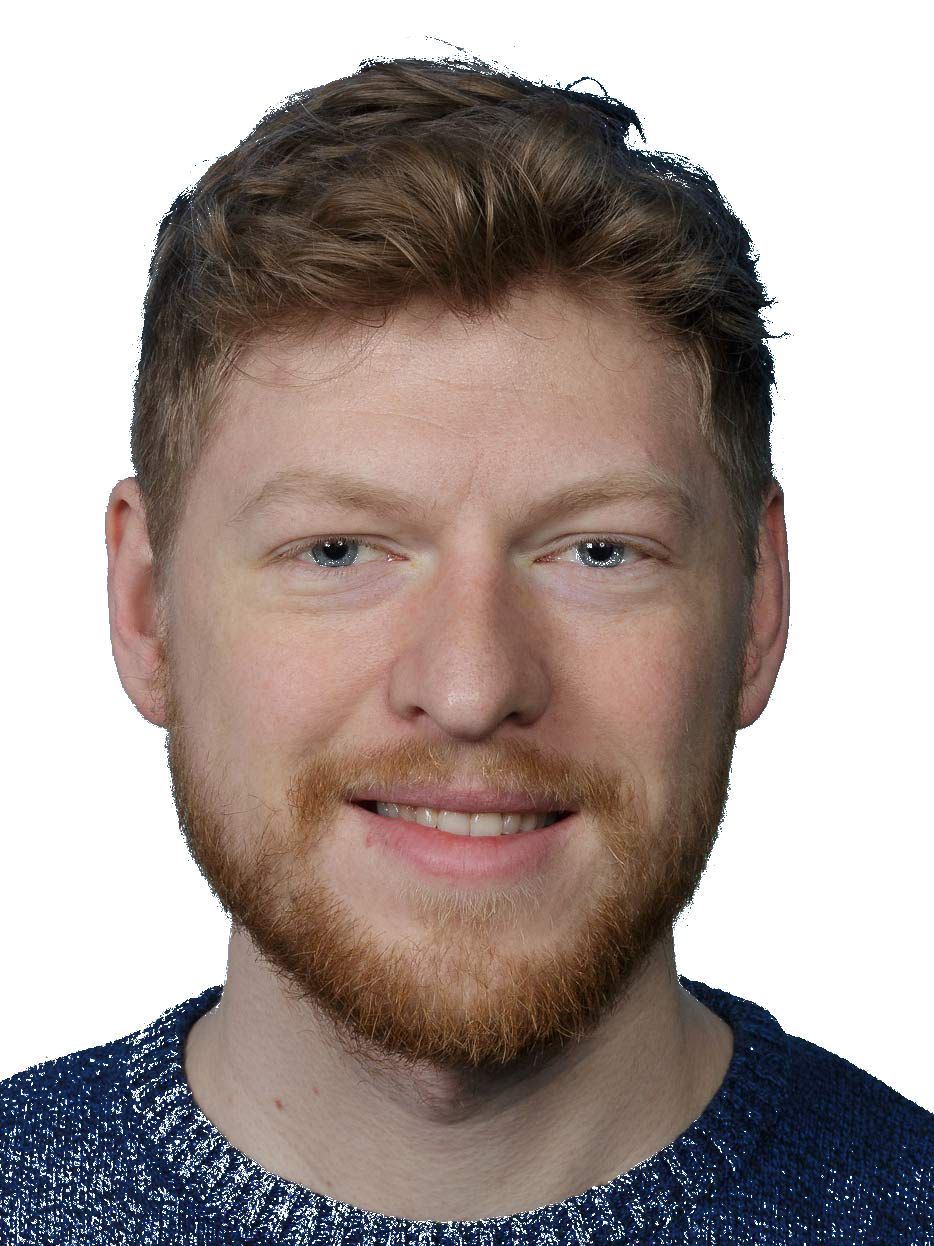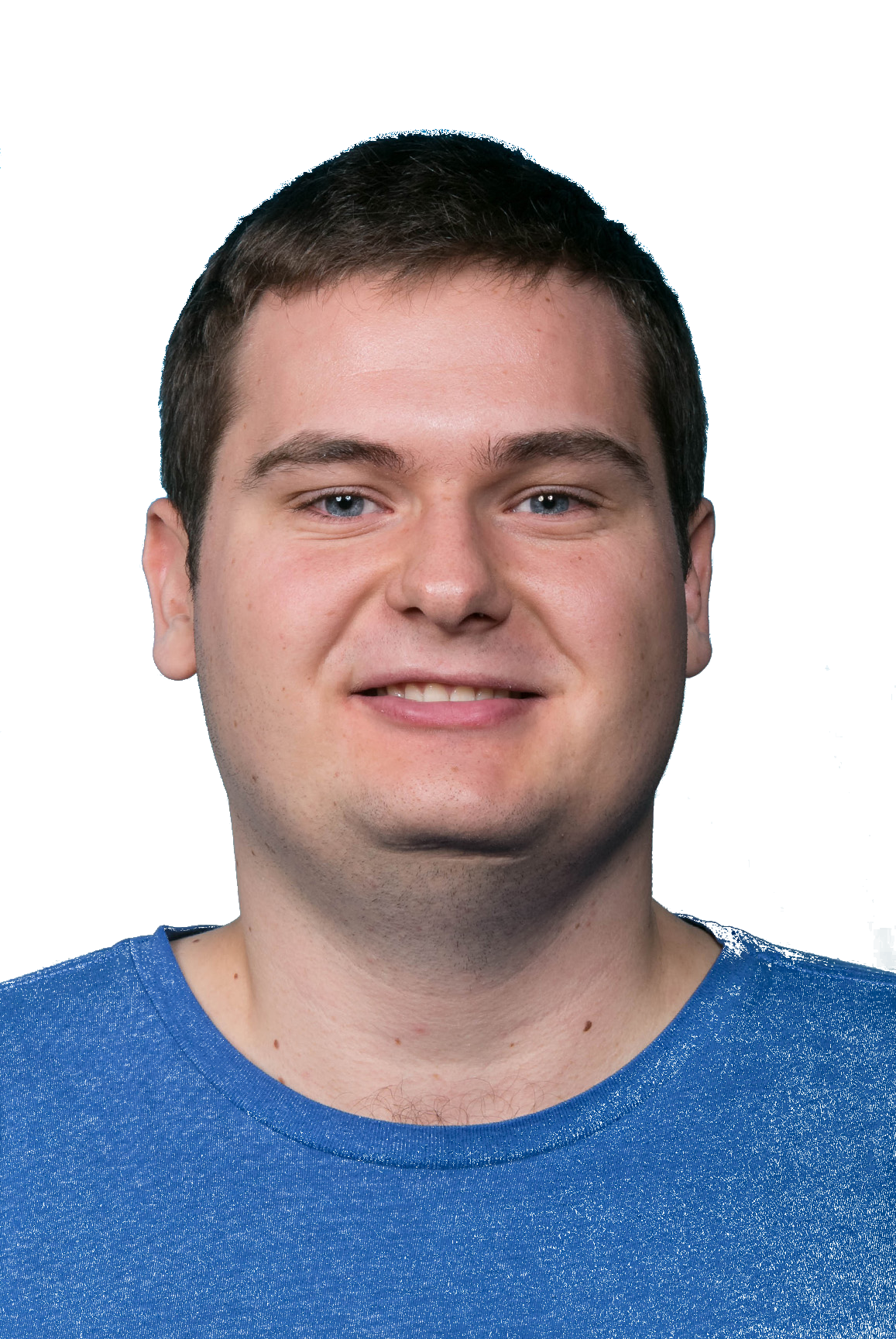The Er-Dy LAB focuses on many-body quantum phenomena in a dipolar quantum mixture of two highly magnetic lanthanides, Erbium and Dysprosium.
The designing process of the experimental apparatus started in late 2014 and several concepts have been developed in collaboration with our ERBIUM Team and the Er-Team at Harvard University led by Markus Greiner.
Er-Dy mixtures
In 2018, we produced the first quantum degenerate dipolar mixture of Erbium and Dysprosium!!
This two rare-earth species are highly magnetic with a magnetic moment of 7µB and 10µB for Er and Dy respectively. A crucial aspect is that the have very similar atomic properties such as melting point, mass and the optical spectrum. The Er-Dy LAB is able to either operate on a single species (Er or Dy) or to produce dipolar imbalanced Bose-Bose, Bose-Fermi and Fermi-Fermi Er-Dy mixtures.
A microscope for dipolar atoms
A quantum gas microscope is an optical system that allows to image single atoms in an optical lattice in situ. This conceptually simple, yet technologically demanding technique makes it possible to directly study the interactions between atoms in periodic potentials, a scenario which is only possible to simulate numerically for very limited system sizes. In contrast to other groups, we are aiming to realize such a microscope with atoms featuring a large, permanent magnetic dipole moment. The inter-atomic dipole-dipole interaction adds a new term to the Hamiltonian describing the ensemble, and therefore allows to investigate a whole new class of quantum systems. The behavior of the system will critically depend on the interplay between the different interaction terms, whose magnitude and direction dependence may be tuned experimentally over a wide range. Thus, a large variety of interesting quantum systems can be simulated and investigated.
A full list of the Er-Dy Lab Publications can be found here
Interested in joining us? Check out here.










